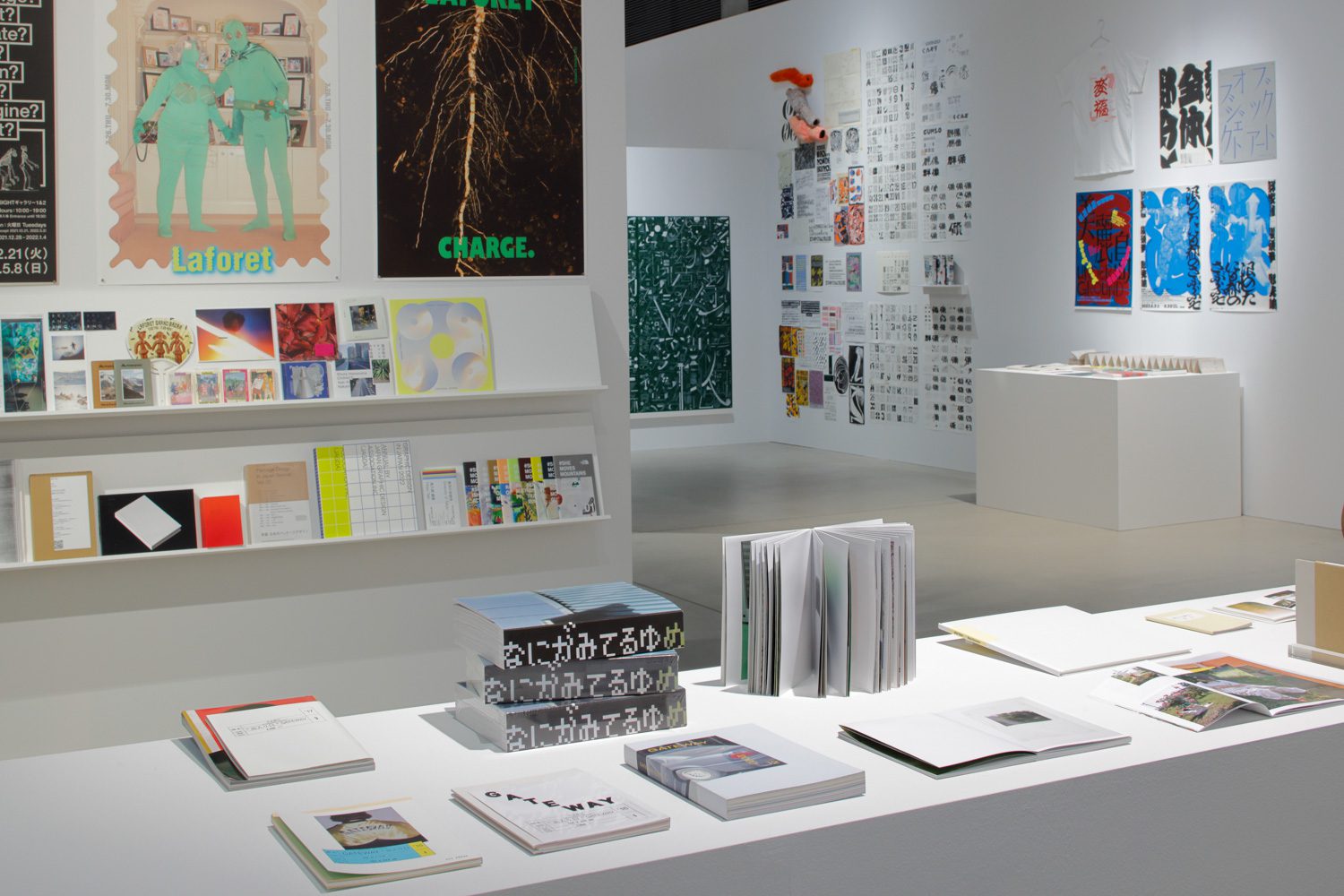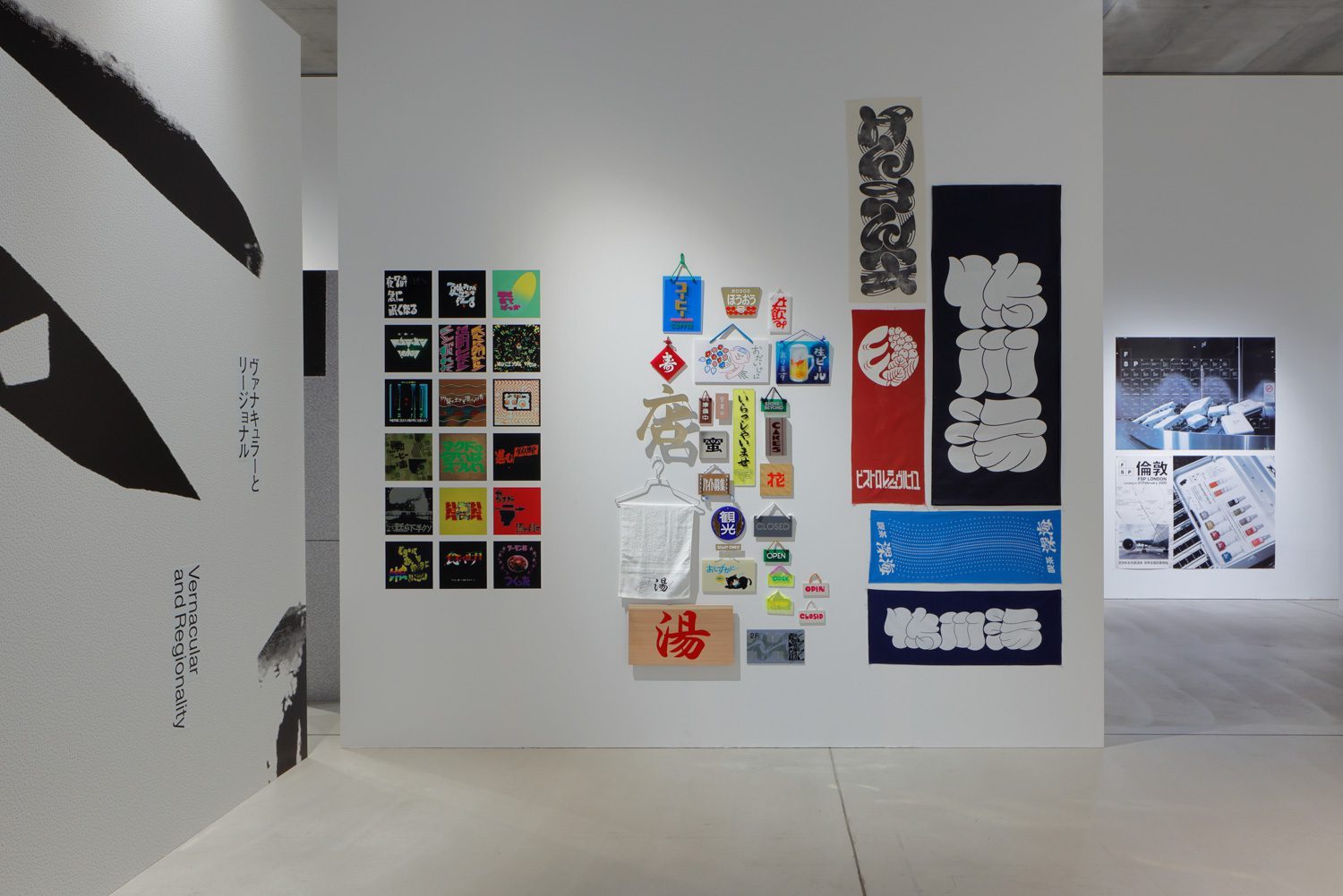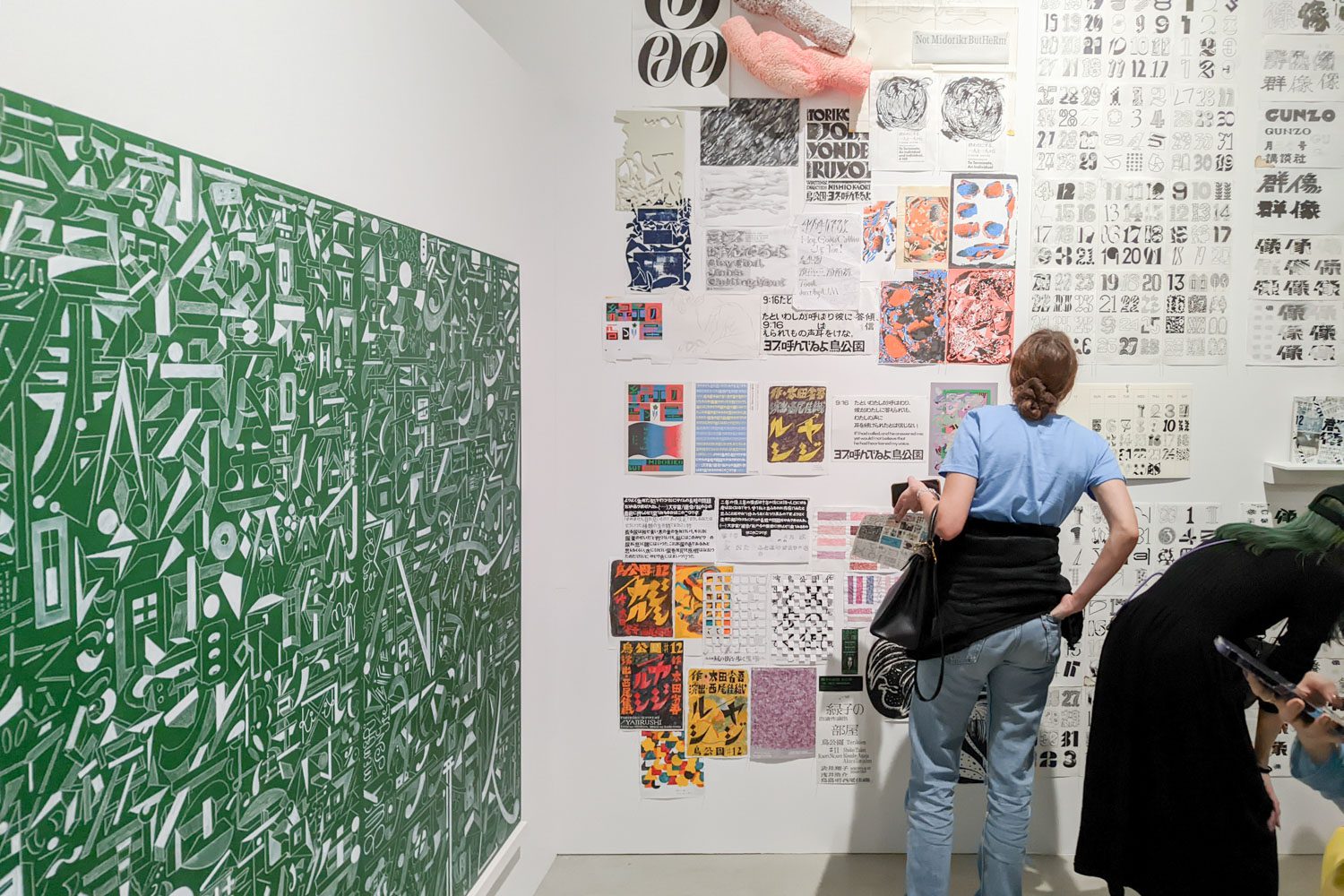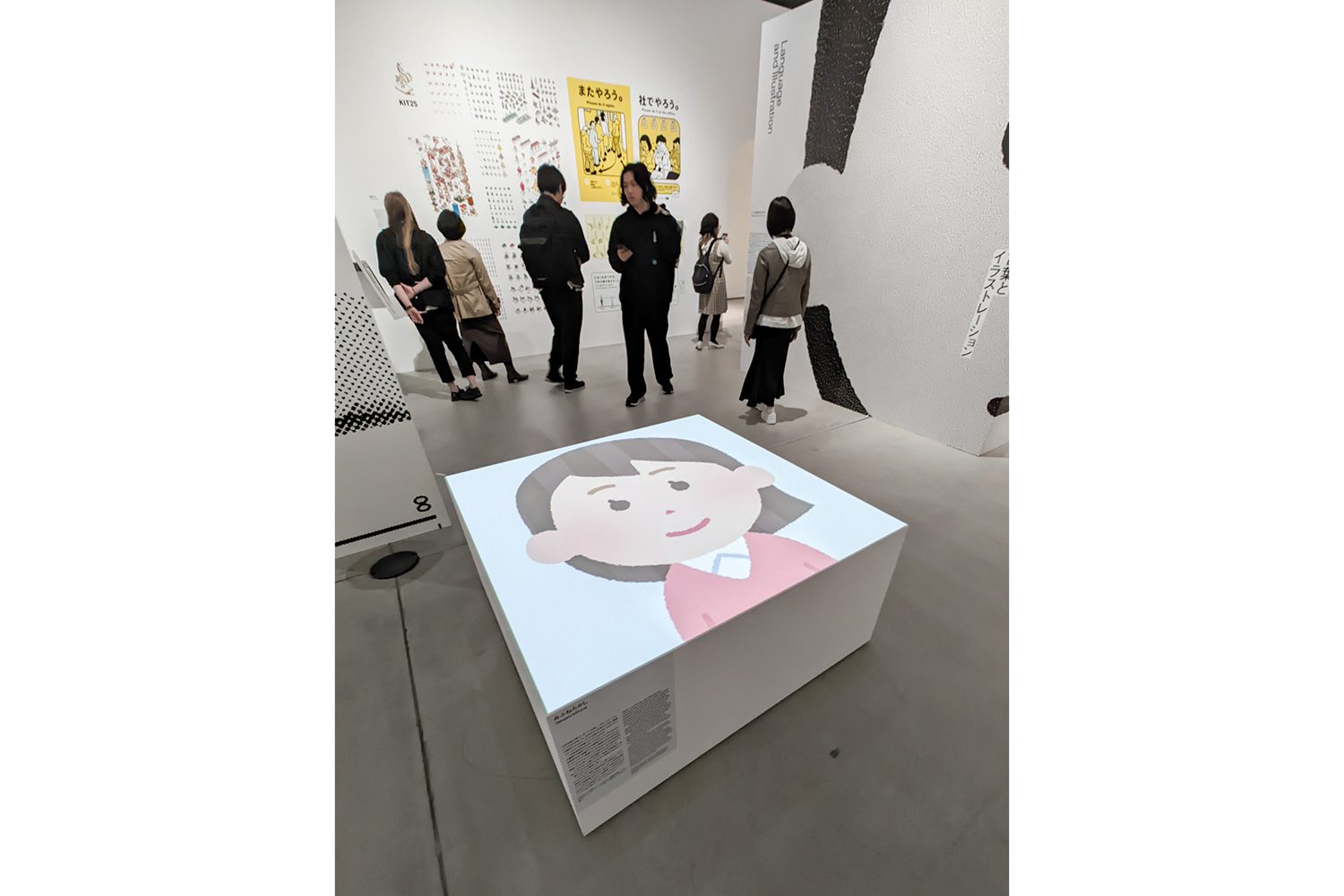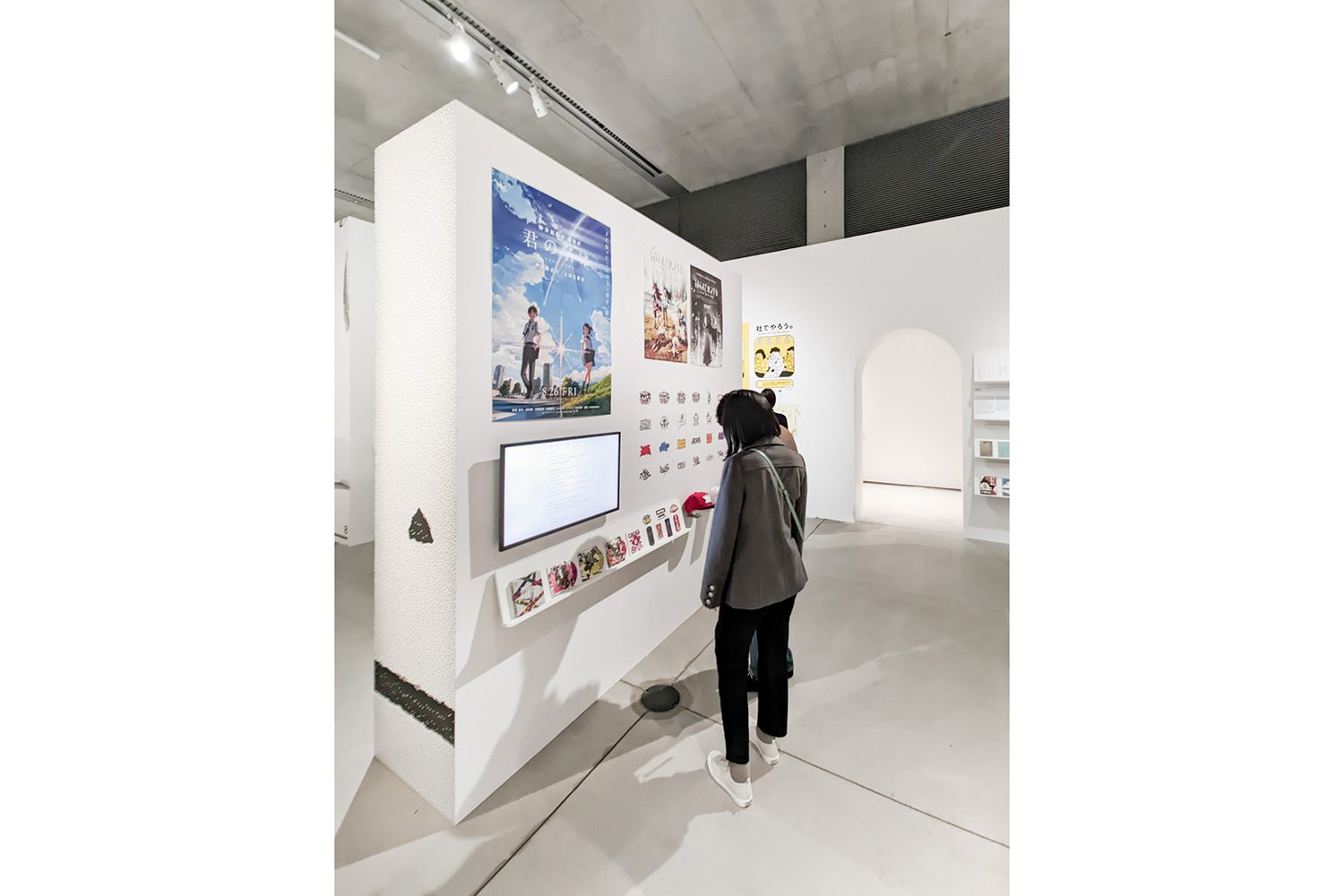VISIT THE EXHIBITION ABOUT ‘MOJI-IMAGE-GRAPHIC’ AT 21_21 DESIGN SIGHT IN JAPAN WHICH GATHERS A DIVERSE COLLECTION OF CONTEMPORARY GRAPHIC DESIGN WORKS FROM THE 1980S TO EARLY 2000S
TEXT: PAKPOOM LAMOONPAN
PHOTO CREDIT AS NOTED
(For Thai, press here)
Tokyo has long been revered as a haven for design enthusiasts. Amidst the myriad of spaces vying for spectators’ attention, 21_21 DESIGN SIGHT stands out as the complete package. This design landmark is distinguished not only by its architectural brilliance, crafted by Tadao Ando, but also by its diverse range of exhibitions on the theme of ‘everyday life’ from a design perspective such as water, nature, people, bones (skeletons), rice, civil engineering, folk art, insects and the creative process.
What sets 21_21 DESIGN SIGHT apart is the expertise of designers specializing in each field, brought in to direct exhibitions that consistently captivate the ever-present queues of eager visitors. The experience is heightened during major events, making the entrance fee even more worthwhile for those fortunate enough to attend.
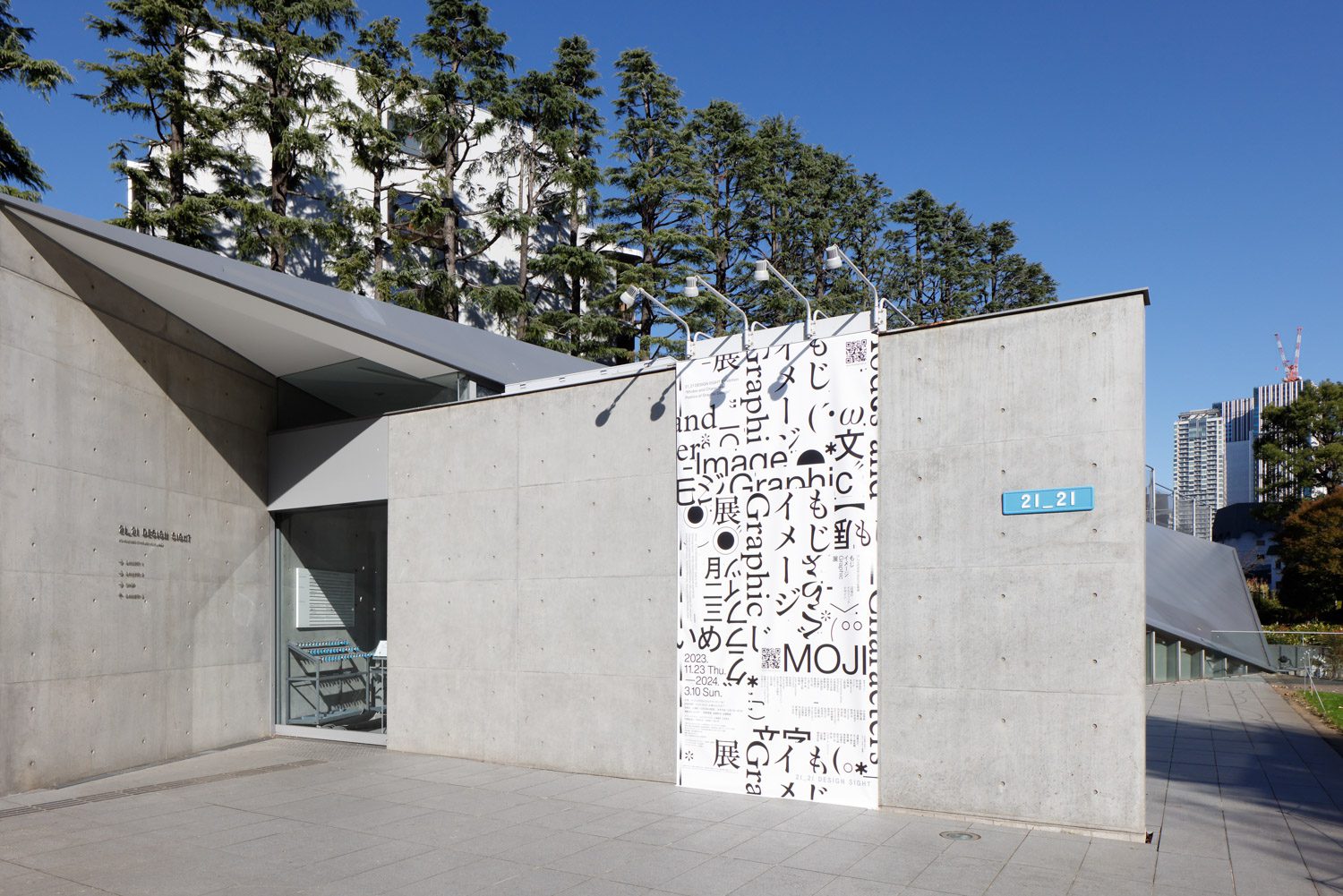
Photo: Keizo Kioku

Recently, 21_21 DESIGN SIGHT welcomed a prominent graphic design exhibition, ‘Modes and Characters: Poetics of Graphic Design,’ or, in simpler Japanese terms, the ‘moji – image – graphic’ exhibition, spearheaded by three prominent industry figures: Kiyonori Muroga, Tetsuya Goto, and Kensaku Kato. Muroga is credited for his longstanding role as the editor of IDEA, a seminal magazine that has shaped the presentation of graphic design both in and outside Japan since its inception in 1953, recently celebrating its 70th anniversary last year. Leveraging IDEA’s extensive network and massive archive of information, the exhibition managed to comprehensively showcase almost all the significant works of pioneering and prominent Japanese graphic designers.
The name might initially give people the impression that the exhibition would highlight the history of Japanese typography and font design. However, after a stroll through the first room introducing the Japanese writing system, Kanji, Hiragana, and Katakana, displayed alongside ancient printing and post-war graphic design, what is revealed later in the main exhibition room is a diverse collection of contemporary graphic design works. Spanning from the late 1980s with the onset of desktop publishing to the early 2000s, a period marked by the Internet becoming a crucial societal infrastructure and its eventual impacts on the design of emerging new media, the exhibition covered nearly every aspect of graphic design from fonts, books, logos, posters, packaging, to emoji images, and advertisements.
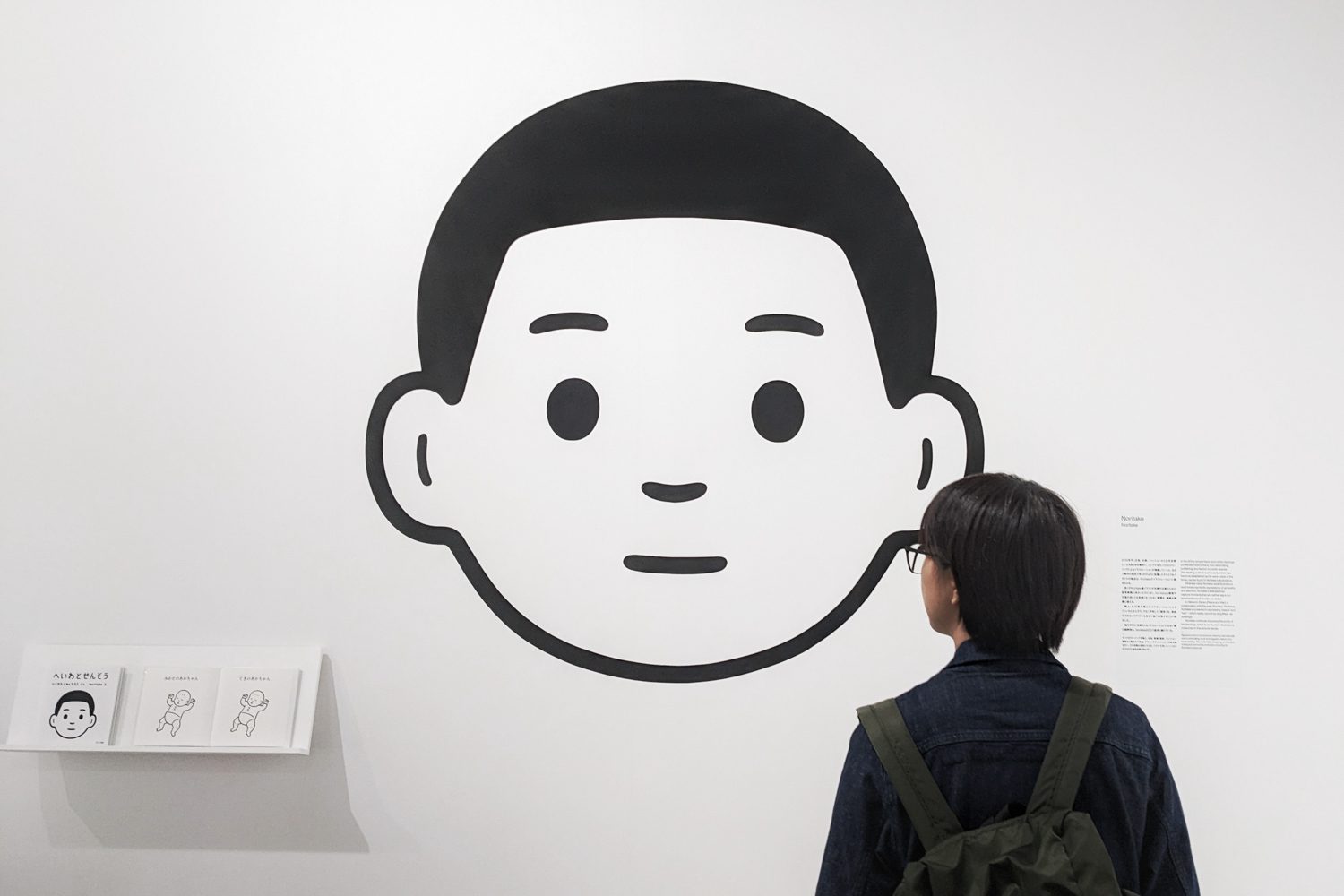
Photo: Pakpoom Lamoonpan

Photo: Keizo Kioku
Featuring works from 54 designers, categorized into 13 topics, the exhibition provides a comprehensive view of designs ranging from early experiments with fonts and design software to the works of the new generation of designers born in the digital era. Viewers can witness the gradual transformation of design in response to technology and society, alongside works by designers who refuse to conform to any trend, and instead question and challenge pre existing conventions. Experimental Jetset, M/M (Paris), Kashiwa Sato, Taku Satoh, John Warwicker (Tomato), The Designers Republic, Noritake, Kazunari Hattori, Kenya Hara, Bunpei Yorifuji, Wang Zhihong, Issay Kitagawa, Sulki & Min, Hideki Nakajima, Masayoshi Nakajo, are among the long list of designers and design studios whose works this extraordinary exhibition manages to bring together.
The exhibition will be held until March 10th. For those who can attend, it’s an experience we don’t want you to miss. An opportunity to witness a graphic design showcase of this scale doesn’t come by very often!
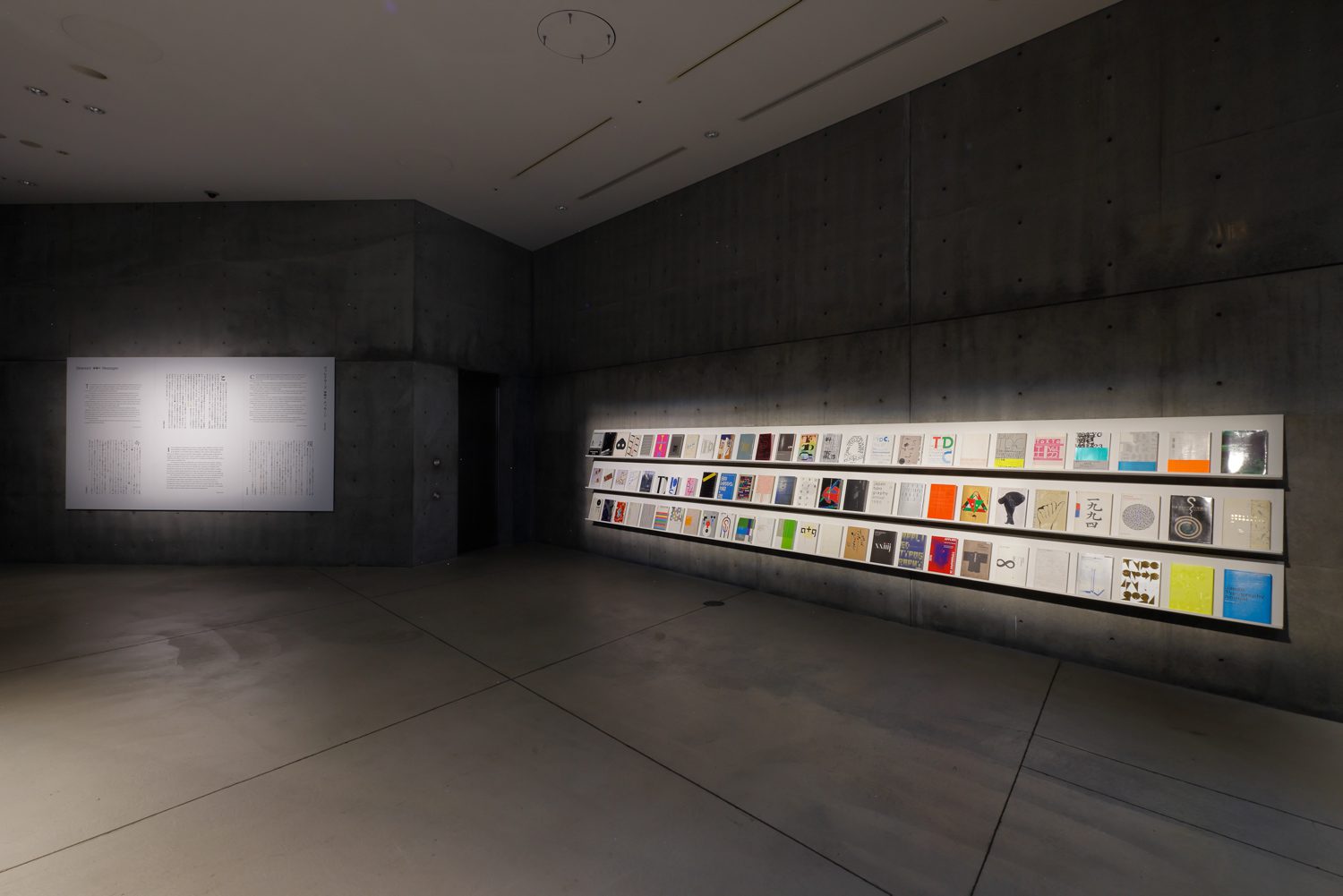
Photo: Keizo Kioku

 Photo: Keizo Kioku
Photo: Keizo Kioku 


